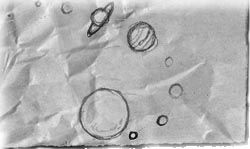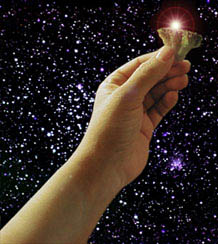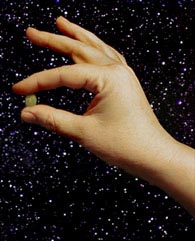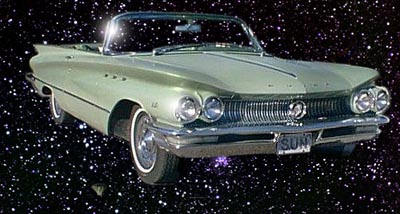 ...and it is wrong, puny hu-man! But you knew that, didn't you? Somewhere in the junk drawer that is your memory of school lies the knowledge that all the representations of the solar system you've ever seen are squished together and out of proportion, because that's the only way the picture will fit in the book. In actuality, the difference in size and the distance between the planets is huge.
...and it is wrong, puny hu-man! But you knew that, didn't you? Somewhere in the junk drawer that is your memory of school lies the knowledge that all the representations of the solar system you've ever seen are squished together and out of proportion, because that's the only way the picture will fit in the book. In actuality, the difference in size and the distance between the planets is huge.

 So! In the interest of sticking a more useful incorrect picture in your head,
let us imagine that the small frozen broccoli floret to the left is our wonderful earth. That would make our moon about the size of this lima bean — a little more than a quarter the diameter of the earth. But farther away.
So! In the interest of sticking a more useful incorrect picture in your head,
let us imagine that the small frozen broccoli floret to the left is our wonderful earth. That would make our moon about the size of this lima bean — a little more than a quarter the diameter of the earth. But farther away.


 That would make our warm, life-giving sun about the size of this 1960
Buick le Sabre convertible. (Note our old friend Broccoli Floret by the right
front tire).
That would make our warm, life-giving sun about the size of this 1960
Buick le Sabre convertible. (Note our old friend Broccoli Floret by the right
front tire).